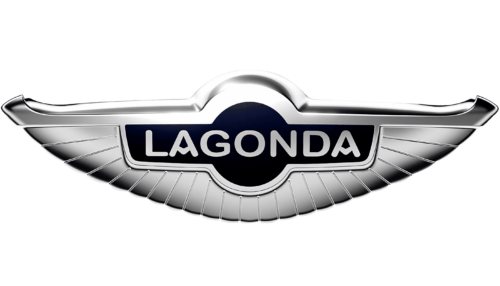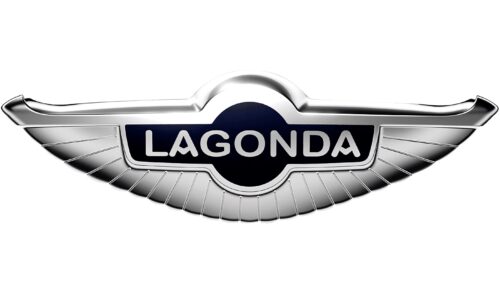Lagonda, a prestigious British car manufacturer, was established by Wilbur Gunn, an American entrepreneur. Renowned for luxury vehicles, Lagonda gained acclaim in the 1930s with models like the V12 and Rapide, merging performance with elegance. After financial struggles, it became part of Aston Martin in 1947, enhancing the latter’s luxury segment. Lagonda represents innovation in electric vehicle technology, blending its heritage with futuristic designs, aiming to redefine luxury in the automotive industry. Its focus on sustainability and cutting-edge technology marks a new chapter in its storied legacy.
Meaning and history
Lagonda, established in 1906 in Staines, England, by Wilbur Gunn, an American opera singer and engineer, began as a small manufacturer of lightweight motorcycles. Named after a river near Gunn’s birthplace in Ohio, the company shifted to cars in 1907 with the launch of the 20-hp Torpedo. By the 1920s, Lagonda diversified into luxury vehicles, gaining fame with the 16/65 and the 2-liter Speed models, popular for their engineering excellence and style.
In the 1930s, Lagonda achieved a milestone with the M45, winning the prestigious Le Mans race in 1935. This era also saw the introduction of the V12 model, designed by W.O. Bentley, which became a symbol of luxury and performance. However, financial difficulties led to the company’s acquisition by Alan Good in 1935, who brought in W.O. Bentley as a designer.
World War II impacted Lagonda significantly, with the company contributing to the war effort. Post-war, Lagonda struggled to regain its footing in the luxury car market. In 1947, David Brown, who had also acquired Aston Martin, bought Lagonda primarily for its 2.6-liter engine designed by Bentley, which was then used in the first post-war Aston Martins.
Under Brown’s ownership, Lagonda released several notable models, including the Rapide in the 1960s, yet the brand often remained in the shadow of Aston Martin. The 1970s and 1980s saw Lagonda’s identity fluctuate, with attempts to revive it through models like the bold and futuristic Aston Martin Lagonda saloon, which featured cutting-edge technology but limited success.
In recent years, Lagonda has been repositioned as a luxury electric vehicle brand under Aston Martin. The company announced plans to develop all-electric models, like the Lagonda All-Terrain Concept, with a focus on zero-emission luxury. This move signifies Lagonda’s commitment to innovation, combining its heritage with forward-thinking technology, aiming to redefine the future of luxury in the automotive world. Today, Lagonda stands as a symbol of elegant, sustainable luxury, looking to pave a new path in the electric era.
What is Lagonda?
Founded in 1906 by Wilbur Gunn, Lagonda is a British luxury car brand, now a part of Aston Martin. Embracing electric technology, Lagonda marries tradition with sustainable innovation. The brand’s evolution reflects a commitment to luxury and environmental consciousness. It’s adapting to meet modern demands while honoring a rich legacy.
Today
The logo, with aerodynamic silver curves, suggests velocity and the elegance of flight. The dark blue figure edged with silver creates a sharp and mesmerizing contrast. “LAGONDA” in bold white capitals within the oval communicates strength and dependability. Modern typography signals innovation; the metallic gloss implies enduring opulence. More than an identifier, the emblem declares a legacy and progressive vision. It symbolizes respect for a storied history and a dynamic trajectory ahead. The design encapsulates the brand’s fusion of heritage with cutting-edge aspiration.








